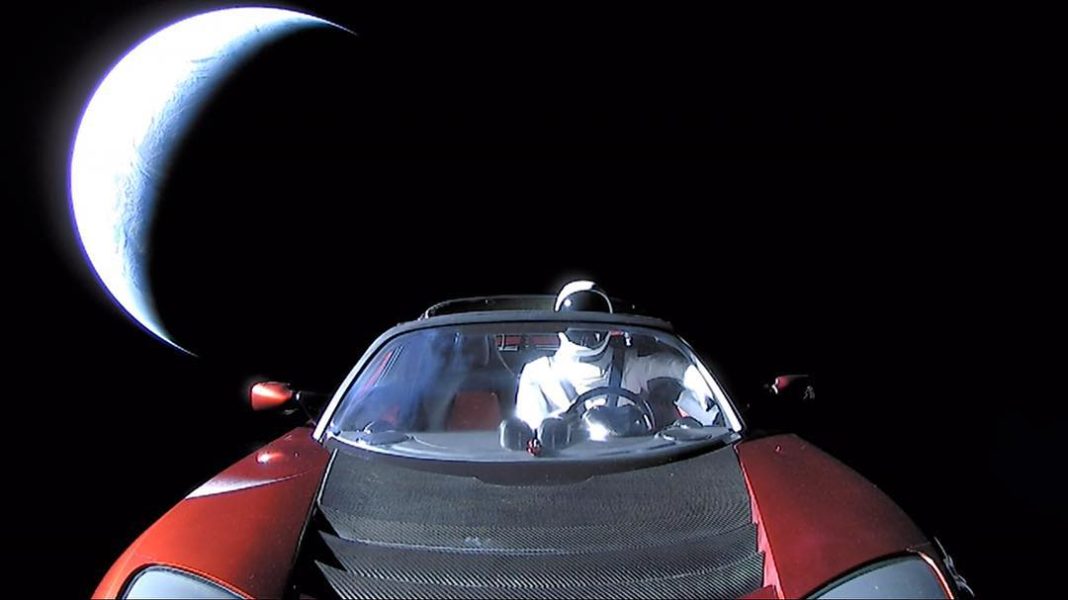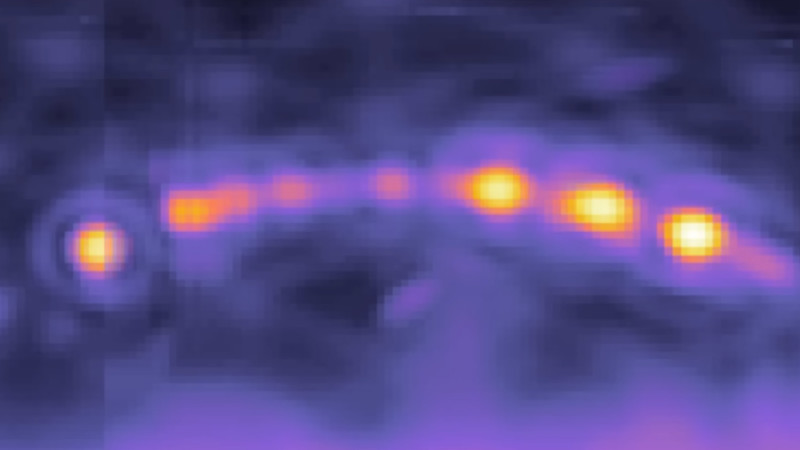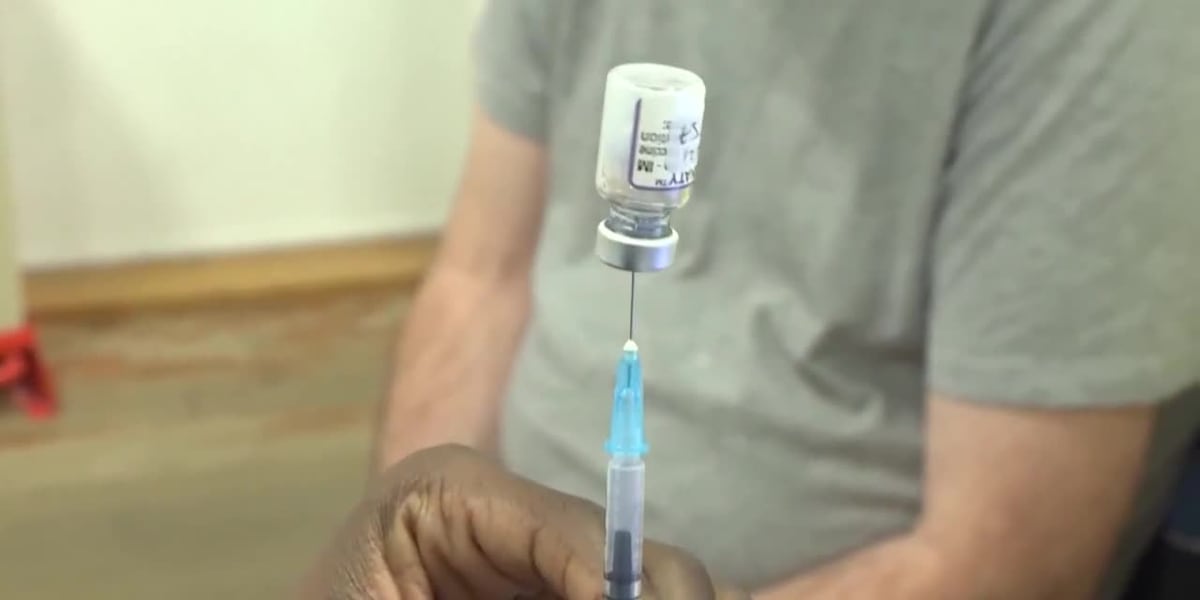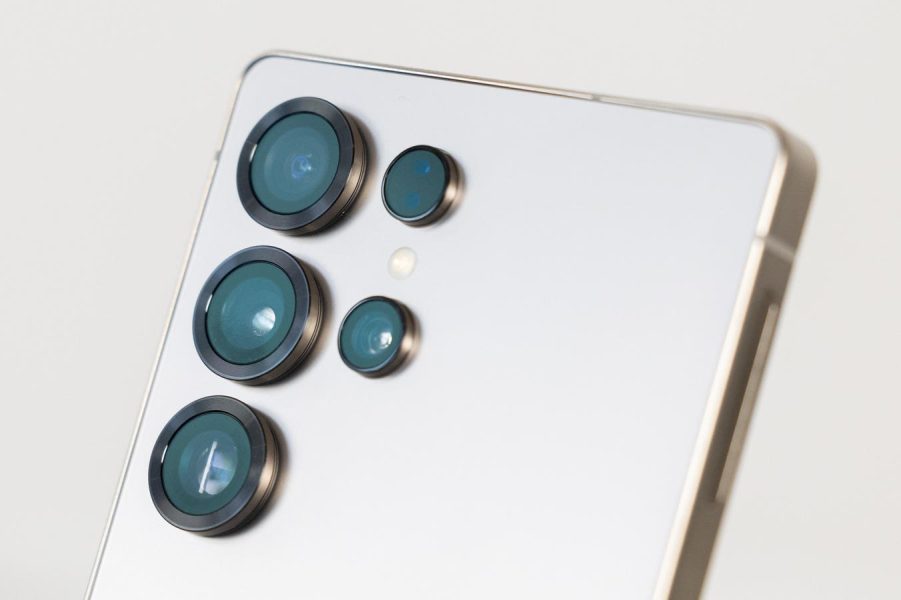NASA’s Plan To Grow Plants On Mars – The Daily Galaxy –Great Discoveries Channel
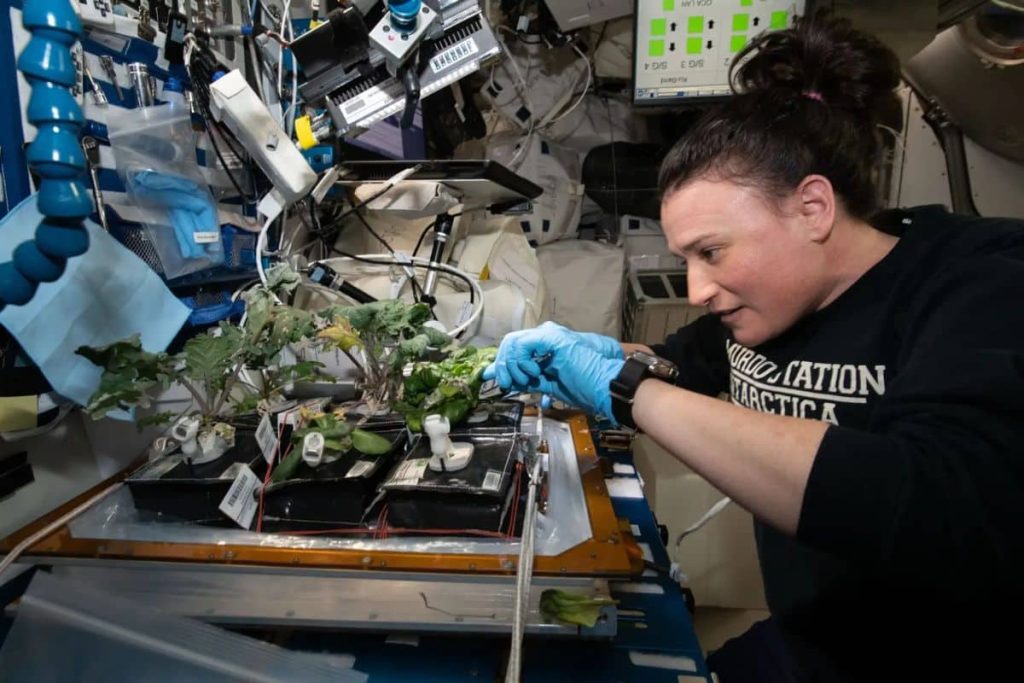
What if the solution to feeding astronauts on Mars could also revolutionize farming on Earth? NASA’s cutting-edge experiments in space agriculture are breaking barriers, from growing fresh lettuce in microgravity to engineering plants that thrive in extreme conditions. With insights that promise to change the future of both space exploration and global food security, one researcher’s journey from a childhood dream to groundbreaking innovation is leading the way. Could the key to sustainable life on Mars also transform how we grow food on Earth?Space exploration has always been about solving extraordinary challenges. Among these, ensuring astronauts’ health and sustainability on long-term missions has emerged as a critical focus. NASA’s innovative work on growing nutritious plants in space not only aims to address food shortages in space missions but also promises groundbreaking advancements for Earth’s agriculture. At the heart of these efforts lies the vision of researchers like Dr. Gioia Massa, whose journey from a young enthusiast to a leader in space plant biology is as inspiring as the mission itself.Dr. Gioia Massa’s fascination with space began at age 12 during a visit to NASA’s Kennedy Space Center. That pivotal moment set her on a path that combined her love for science and space exploration. Massa’s passion led her to pursue a doctorate in plant biology at Penn State University and a postdoctoral fellowship at NASA. There, under the mentorship of Dr. Raymond Wheeler, she laid the foundation for astronauts to grow and eat fresh crops aboard the International Space Station (ISS).Her dedication culminated in her role as a project scientist at NASA, where she pioneered the development of Veggie, a compact plant growth chamber designed to thrive in microgravity. The Veggie system marked a revolutionary step in space agriculture, making it possible to grow lettuce, mustard greens, kale, and even zinnias aboard the ISS.Veggie’s design is a marvel of innovation. Roughly the size of a carry-on suitcase, it uses LED lighting and specially crafted plant “pillows” containing clay-based growth media to deliver water, nutrients, and air. Since its first deployment in 2014, Veggie has transformed the ISS into a testbed for cultivating crops in space.The significance of fresh produce in space goes beyond mere nutrition. It combats menu fatigue, boosts astronaut morale, and provides essential vitamins like Vitamin C, which degrade in prepackaged space food over time. The research also offers insights into balancing light and environmental conditions to optimize plant growth and minimize microbial risks.For instance, Massa’s work has shown that blue light enhances the production of beneficial secondary metabolites in plants. Meanwhile, controlled environments have proven effective in mitigating the growth of harmful pathogens, ensuring the safety of space-grown crops.Building on the success of Veggie, NASA has advanced its research through systems like the Advanced Plant Habitat (APH). Equipped with over 180 sensors, automated controls, and sophisticated LED lighting, the APH allows for precise monitoring of plant growth. Massa’s latest project, Plant Habitat-07, examines the impact of varying moisture levels on the health and microbiomes of plants like red romaine lettuce.The findings are not only vital for growing crops in space, but also have far-reaching implications for Earth. Understanding how plants respond to stressors such as drought or overwatering can lead to more resilient agricultural systems in challenging climates. This dual benefit highlights the interconnectedness of space exploration and Earth-based sustainability.Space presents unique challenges for plant biology. Factors like microgravity, elevated CO2 levels, and limited resources can significantly alter plant growth. Researchers are delving deep into these phenomena, using model organisms like Arabidopsis thaliana to study genetic, protein, and metabolic changes in space-grown plants. These studies could pave the way for bioengineered plants optimized for space farming.One intriguing aspect of this research is the immune response of plants in space. During one experiment with zinnias, a fungal outbreak revealed potential vulnerabilities in plants’ defenses under microgravity. Addressing such issues is crucial for ensuring the health of crops on long-term missions.The lessons learned from NASA’s space agriculture initiatives extend beyond the stars. Techniques developed for growing plants in microgravity are being adapted to improve agricultural resilience on Earth. For example, insights into how plants adapt to extreme conditions can help farmers cultivate crops in arid or flood-prone regions.Moreover, systems like Veggie and APH could inspire innovative approaches to urban farming, enabling efficient use of limited resources while maximizing yields. These advancements are vital as the global population grows and the effects of climate change pose new challenges to food security.NASA’s commitment to space agriculture is about more than feeding astronauts on Mars; it’s about creating a sustainable future for humanity. Dr. Massa’s journey, from her childhood dream to leading groundbreaking research, embodies this spirit of innovation and perseverance.Got a reaction? Share your thoughts in the commentsEnjoyed this article? Subscribe to our free newsletter for engaging stories, exclusive content, and the latest news.Comment Save my name, email, and website in this browser for the next time I comment.
© 2024 | Daily Galaxy | All rights reserved
Source: https://dailygalaxy.com/2025/01/nasas-plan-to-grow-plants-on-mars/
